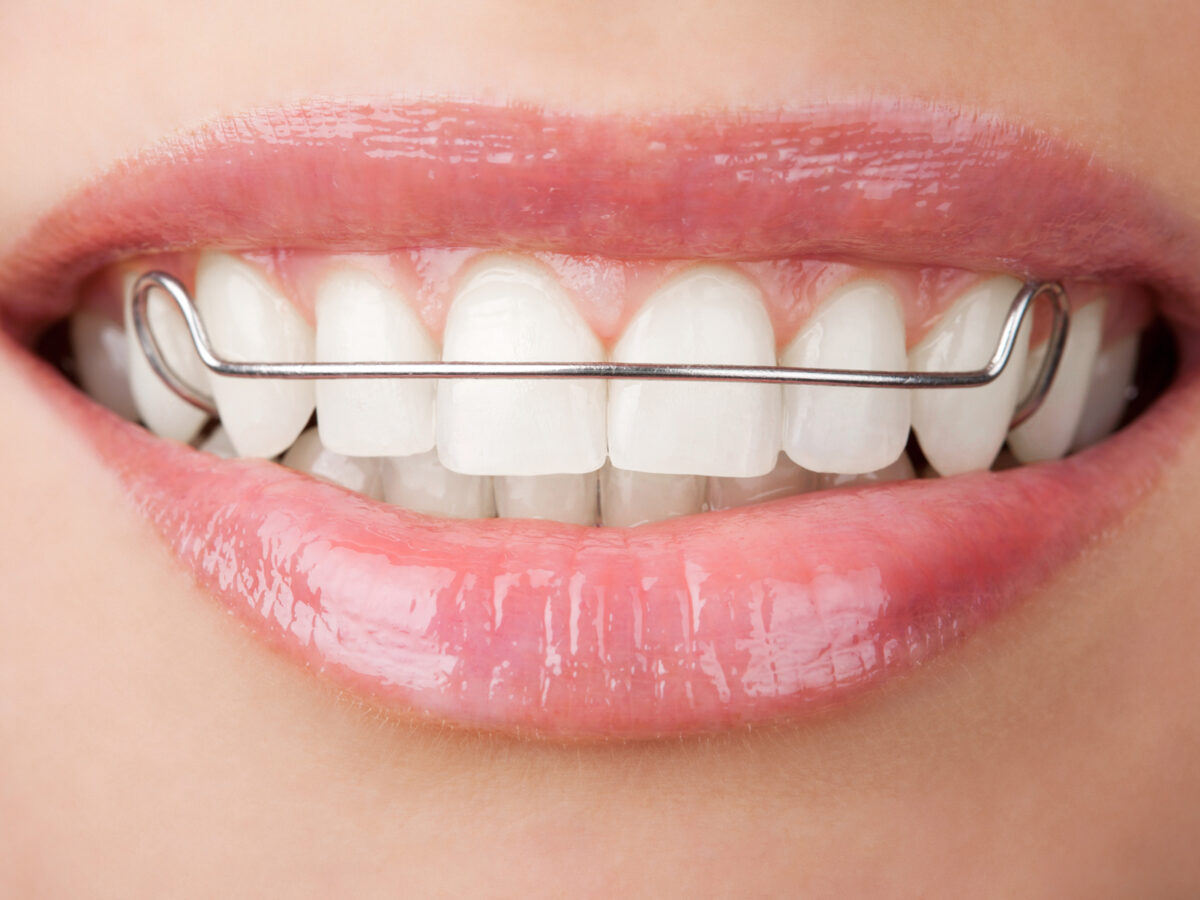River Walk Dental Orthodontics
Blog
Dental hygiene tips for healthy teeth & gums

Kinds of Orthodontic Retainers That Can Protect Your New Smile
Living with braces is a bit challenging, to say the least. People with braces wait excitedly for the removal of braces after a couple of years to get a transformed smile. But then comes the surprise- the doctor advises the use of retainers, another orthodontic wear. While a lot of people may get disappointed for having to wait a little longer for their teeth to be completely free, what they do not realize is how important this step is.
Wearing retainers is just as crucial as the first part of the aligning process. The entire result of the treatment can turn out to be futile if you do not wear retainers after getting your braces removed.
Why does this happen?
The new smile that you hope to get after getting braces can be reversed. This is because the periodontal ligament which holds the teeth in place is elastic. This property is targeted by braces that move the teeth in the desired direction or alignment. The same process can be reversed after the braces are removed due to the muscle memory of where the teeth used to be. Therefore, it is advised to wear orthodontic retainers for some time after the removal of braces to stabilize the teeth.
Types of retainers
Now that you have realized why it is important to wear retainers after getting your new smile, you need to choose the retainer that would suit you the best. There are two types of retainers that you can choose from, including:
- Removable retainers
- Permanent or bonded retainers
Removable retainers
Removable retainers can be removed at times, such as when cleaning the teeth. The duration of wearing the retainer can be reduced as time progresses. Initially, they have to be worn all through the day but can be worn only at night after the passage of some time. The drawback to this type of retainers is since they are removable, they require higher maintenance to prevent breaking or losing.
Bonded retainers
On the other hand, bonded or permanent retainers have to be worn at all times and cannot be removed at the person’s will. This is best suited for people who would not be able to take care of the removable retainers and would end up breaking or losing them frequently. People with bonded retainers have to learn how to floss the retainer to maintain oral hygiene. The retainers can later be replaced by removable ones if the wearer desires.
Which retainer would suit you more depends on the complexity of your problem and other factors such as age and the ability to take responsibility for belongings. The best way to find out the type of retainer that can protect your smile effectively is to get in touch with a dentist. They can prescribe the most appropriate type based on your specific requirements. The dentist can also provide consultation on how to properly care for the retainers and ways to keep up your oral hygiene. \
Book Appointment to find out which treatment might be best for you.
